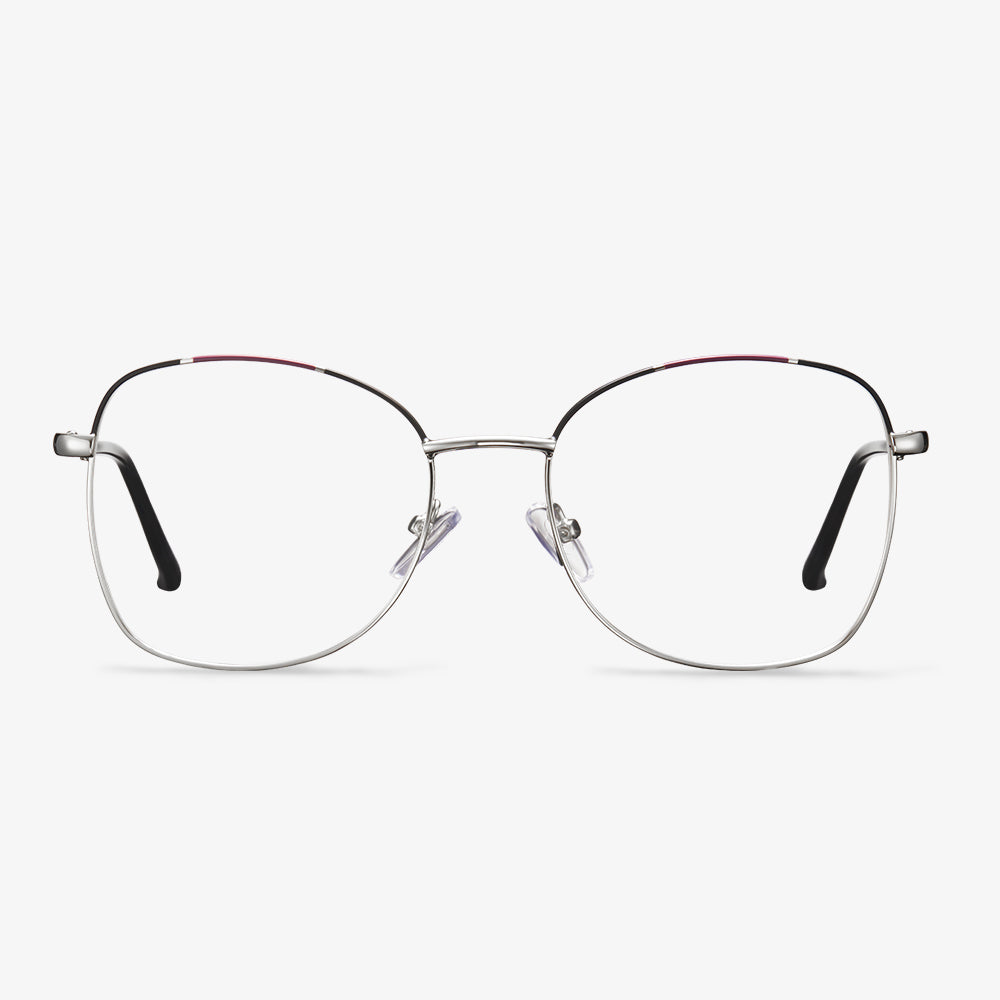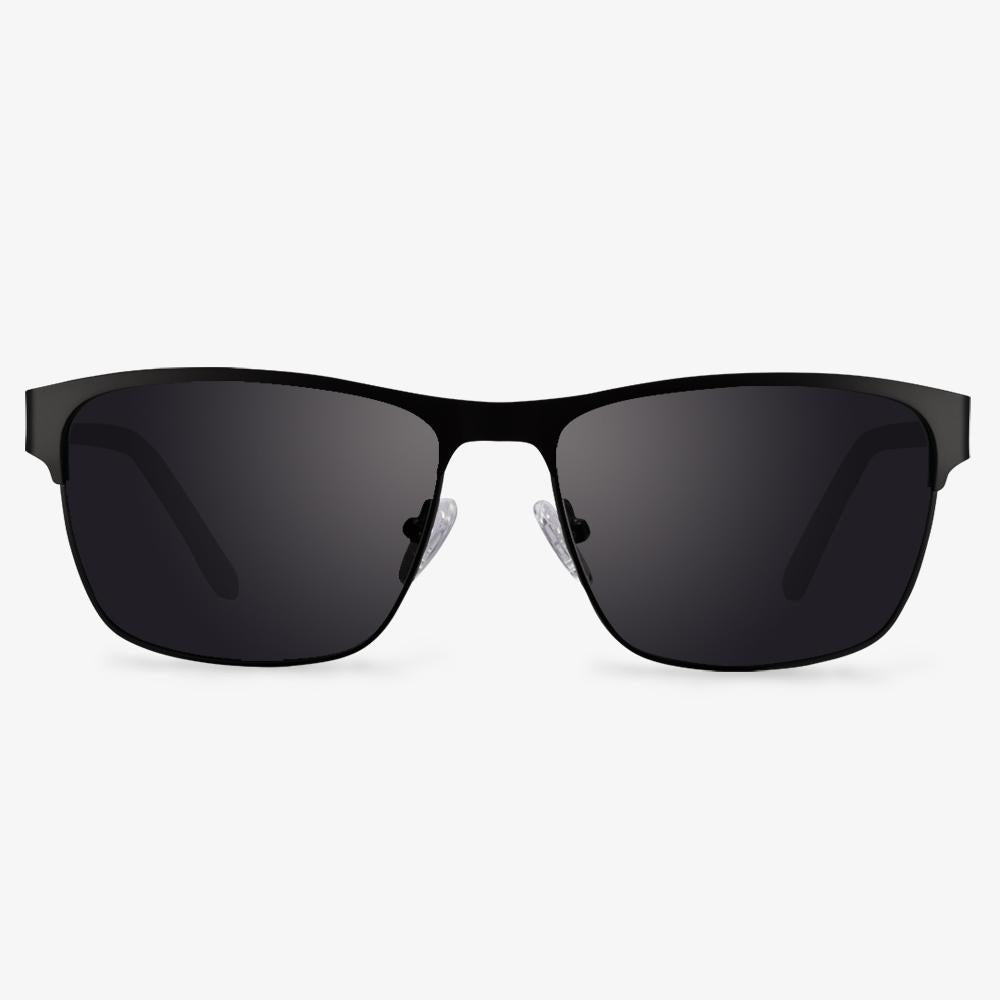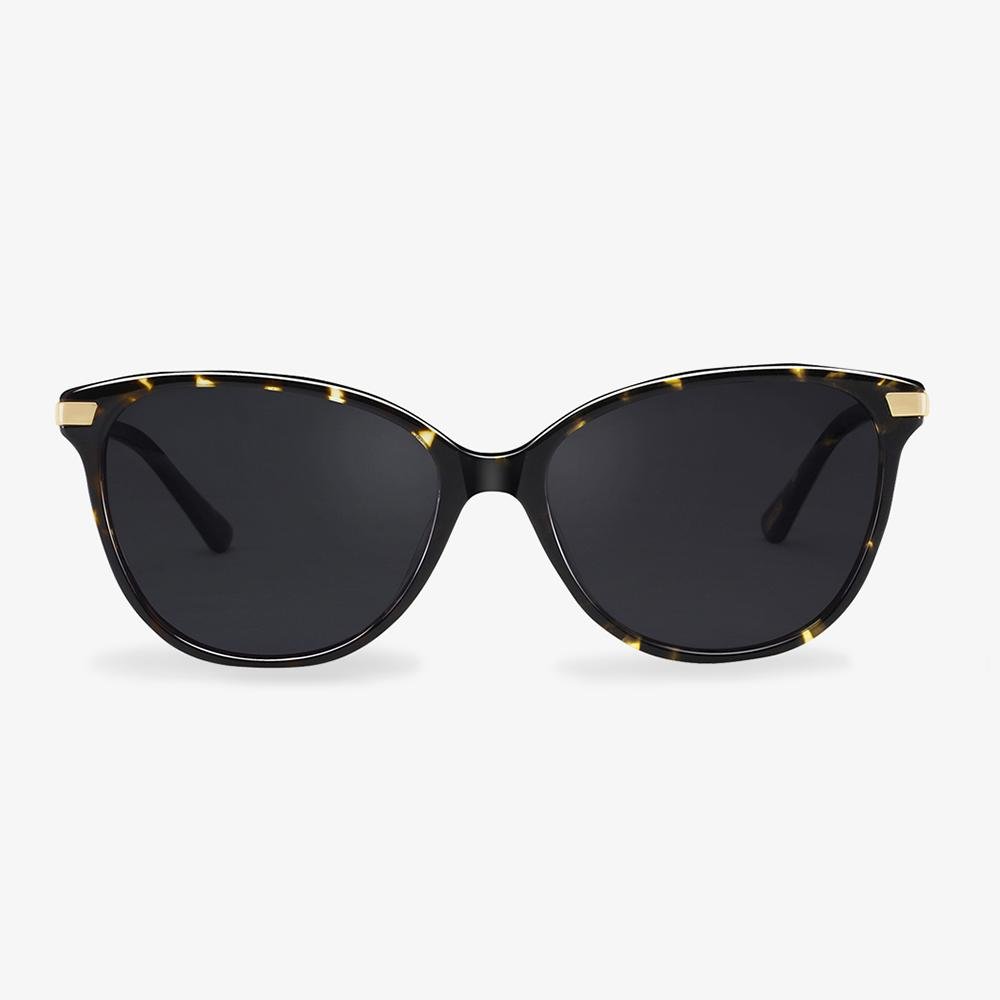Why is it risky to get glasses online?
The safety and professionalism of online lens matching are widespread concerns of consumers. The whole process of online lens matching is networked, and only a prescription sheet for online lens shopping cannot provide comprehensive and detailed feedback on patients' eye conditions. Therefore, there will be many safety concerns about myopia, high myopia, and astigmatism when they choose to choose glasses online. They have to think about that if the products are qualified, if the quality is good if the style is consistent with the real thing, and so on.
Sunglasses For Fishing - Polaroid
Polaroid, founded in the United States, is the inventor of the world's first polarized glasses. Polaroid is the maker and leader of polarized lenses. ?Polaroid lenses are widely used in fishing, driving, labor insurance, medical, aircraft pilot, and scientific research. ?It enjoys a high reputation in the market and is loved and respected by countless consumers. Its industry covers more than 0 countries and regions in the world, and many big stars are her loyal fans.
What Is Anti Reflective Coating?
Anti reflective coating, also known as AR, anti-glare, no-glare, or glare-free coating, can provide benefits to your vision. Anti reflective coating is added to lenses to reduce glare caused by light hitting the back of the lenses to improve your vision and make your eyeglasses more visually attractive.
Anti reflective coating will eliminate all reflections from the front and back surfaces of your lenses. Hence, more light is able to pass through your lenses which improves your vision. At the same time, fewer distractions are visible and the lenses are hardly noticeable, especially in the dark. So, is anti glare worth it? Most people agree that.
How to know if lens is polarized?
Make use of LCD screens. Point the glasses horizontally at the LCD screen and then rotate them upward by 45 degrees clockwise. If it is a polarized lens, it will show a change in color deepening. If it does not change no matter how you rotate it, it is not a polarized lens. You can borrow another person's polarized lens or have previously worn a known true polarizer, and place it crossover with the new glasses you want to buy. At this time, you should see the object clearly from the crossover part with your eyes. Then cross the glasses vertically and horizontally, and at this point, the opposite object should not be visible from the intersection. If this condition is satisfied, it means that a true polarized lens is being tested.
How to Remove Coating from Glass Lenses?
To remove anti-glare coating from glass lenses, you need to prepare the following things: isopropyl alcohol, plastic scraper of some kind, salt water, water, plate or bowl.
Now, we will show you how to remove coating from glasses.
- Mix 5 parts of isopropyl alcohol with one part of saltwater.
- Place your glasses onto a plate and pour out the prepared solution just enough so the lenses are entirely submerged.
- Let it sit in the solution for an hour to soften the anti-reflective coating.
- Scrape off the anti-reflective coating using a plastic scraper.
After that, you have removed coating from glass lenses.
What Are Trifocal Glasses?
Trifocal glasses and no-line progressive lenses are multi-focal glasses, meaning that their lenses offer multiple correction fields. Whether you have been wearing multi-focal glasses for a while, or you have just begun to look at options for correcting vision after 40 years old, you may have heard the terms trifocal or progressive glasses.
Trifocal glasses have three different corrective lenses within one lens to offer you intermediate, distance, and near correction. Trifocal lenses look and perform similar to bifocal lenses, with an added viewing zone to help correct vision in the intermediate field, and two visible lines where the viewing zones change.
How much does it cost to add the blue light filter to glasses?
Based on the difference in the impact of blue light of different bands on the human body, the blue light transmittance of each band of the product is separately required. For example, in the range of 415-445 nanometers, the light transmittance should be less than or equal to 80%, and above 445 nanometers, it should be greater than 80%. In this way, the anti-blue light products can be restricted, which can effectively shield the blue light that poses a health and safety risk to the human body, but also allows the blue light of the waveband that regulates the human body's circadian rhythm to be effectively transmitted.
Anti-blue glasses are not suitable for everyone. It is only suitable for people who use electronic products for a long time, not for people who are visually fatigued, and teenagers should not wear them for a long time. Furthermore, anti-blue glasses should not be regarded as a 'talisman' and use your eyes uncontrollably after wearing them. Therefore, when using electronic equipment, people must abide by the laws of nature, ensure the normal rest of the eyes, and maintain eye health.


















































